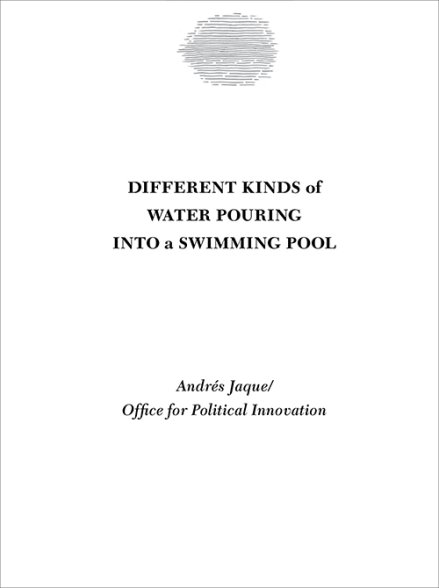The project examines the Modern experiment of a radical garden city, the Gartenstadt Hellerau of 1919, which set out to develop a homogeneous community of habitants through rhythm, exercise, interior design, town planning and architecture. The idea of de-politicising domestic space failed because it was unable to eliminate diversity and conflict. It was precisely in manual work and craftsmanship, in rhythm, houses, performances and bodies themselves that the field for subjectivity and difference was created.
A century on from the Hellerau, the garden city has become a global type in town planning. This project is intended to explore and experience how certain specific forms of domestic architecture can place our daily life in the political sphere and not confine it exclusively to the private realm, under generic spatial genealogies.
The installation is based chiefly on the compilation of a set of significant materials – chosen from the recent history of garden cities – where the role of the subjects in the political arenas and their specific disputes has been important. It will thus be a pilot experiment to be conducted in the exhibition space consisting of the political heritage of the house; a collective construction that will be presented to the public through a choreography performed by a group of people who will rehearse their domestic settings in the space.

















